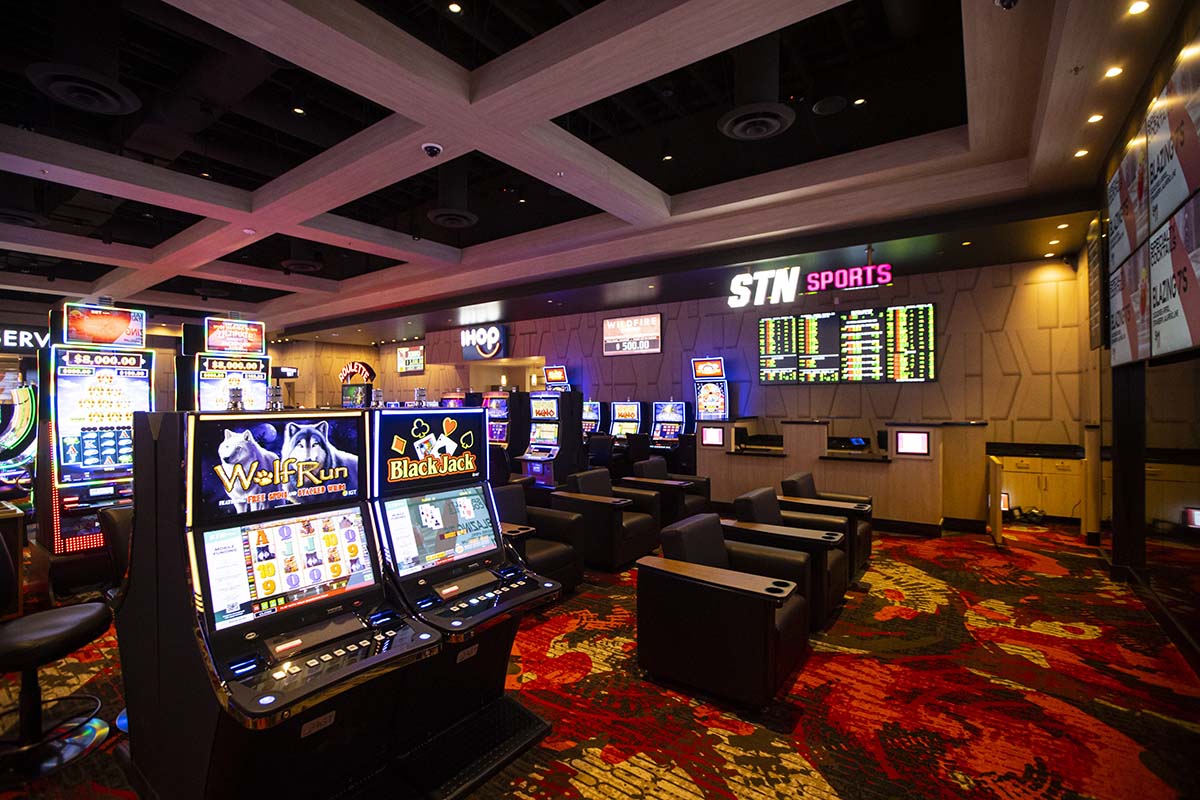Throughout the world, the charm of gambling slots has captivated millions, overcoming cultural barriers and appealing to varied crowds. From the busy casinos of Vegas to the lively gaming halls of Macau, these fascinating machines have become icons of anticipation and suspense. The rotating reels and vivid visuals draw players into immersive experiences, creating a singular blend of fortune and entertainment that resonates with people from every background.
As these games evolve, their effects extends beyond simple betting; they influence mainstream culture, fuel art, and transform community interactions. Whether it’s through cinematic representations of life in casinos or the rise of internet-based slots that bring the casino experience to the convenience of home, the importance of slot machines continues to increase. Exploring this situation reveals more than the rules of play, but also the deeper connections they foster within communities and their role in the overall scheme of leisure activities worldwide.
History of Casino Slots
The origins of gambling slot machines can be tracked back the final 19th century with the creation of the first mechanical slot machine. In 1887, Charles Fey, a engineer from San Francisco, created the first slot machine, which was equipped with three spinning reels and a simple design with symbols such as horseshoe symbols and playing cards. This machine provided users a shot to win coins, laying the groundwork for what would become a worldwide gaming sensation.
As the fame of slot machines grew, various advancements emerged throughout the initial twentieth century. By the 1900s, numerous companies began making their designs, enhancing the machines with additional features and more intricate mechanics. These early machines became a mainstay in pubs, clubs, and ultimately started to make their way into casinos. By the 1960s, the traditional slot machine was further enhanced with the advent of electronic elements, leading to more diverse gameplay and increased player engagement.
The 1980s marked a major shift when video technology was integrated into casino slots. This innovation allowed for more elaborate graphics, sound effects, and themes, attracting a broader audience. The fusion of impressive visuals and engaging gameplay changed casino machines into a major attraction in gambling establishments around the world. As a result, slots developed from simple machines into sophisticated entertainment systems, reflecting shifting cultural tastes and technological advancements.
Cultural Differences within Slot Machines
Casino slot games have developed so as to represent diverse cultures as well as customs belonging to the regions in which slot machines are played. In Japan, for instance, pachinko devices combine elements between pinball alongside conventional slot machines, creating a distinct playing experience deeply deeply entrenched inside the Japanese entertainment tradition. These models frequently feature famous anime figures and concepts, demonstrating the intersection of gaming with pop culture in Japanese culture.

In contrast, within the United States, slot slots often themed around popular movies, famous people, and recognizable icons belonging to U.S. society. Such a trend demonstrates a propensity to exalt and monetize popular culture, rendering the slot experience accessible among players. These flashy visuals and sounds are designed to evoke excitement and entice players into the gaming atmosphere, showcasing American ingenuity for entertainment and also tech.
Across Europe nations also possess unique distinct strategies toward slot machines. In the United Kingdom, such as, classic fruit machines located within pubs along with amusement centers reflect regional tastes in favor of classic game formats. These machines often emphasize simple designs as well as easy mechanics, and which resonate well to gamers seeking appreciate a classic gaming experience. GA179 This kind of regional variation highlights the manner in which cultural influences affect the evolution as well as success in slot slot machines throughout multiple regions of the world.
The Evolution of Casino Slot Machines
As technology continues to evolve, the future of casino slots appears promising and exciting. Advancements in gaming technology, such as virtual reality and AR, are likely to revolutionize how players interact with slots. Picture stepping into a virtual casino where players can engage with their environment more intensively, making the act of playing slots more exciting and enthralling than before. This transition could also attract a new audience, ushering in a new era of casino entertainment.
Moreover, the incorporation of AI and large-scale data analytics will enhance customization in casino slots. Players can look forward to games tailored to their individual tastes, as AI assesses their patterns and habits. This tailoring not only makes the gaming play more fun but also encourages player retention, as casinos work hard to meet individual player needs. Future slot games will likely include more immersive narratives and rich content, pushing the boundaries of traditional gameplay.
In conclusion, the growth of mobile gaming will continue to shape the future of casino slots around the world. As more players turn to smartphones and tablets for gaming, casino operators will concentrate efforts on optimizing their games for mobile devices. This ease of access allows for more accessible play, with players able to enjoy their preferred slots whenever and any place. As the global gaming market grows, the evolution of casino slots will play a crucial role in drawing new players and maintaining the excitement of existing fans.
